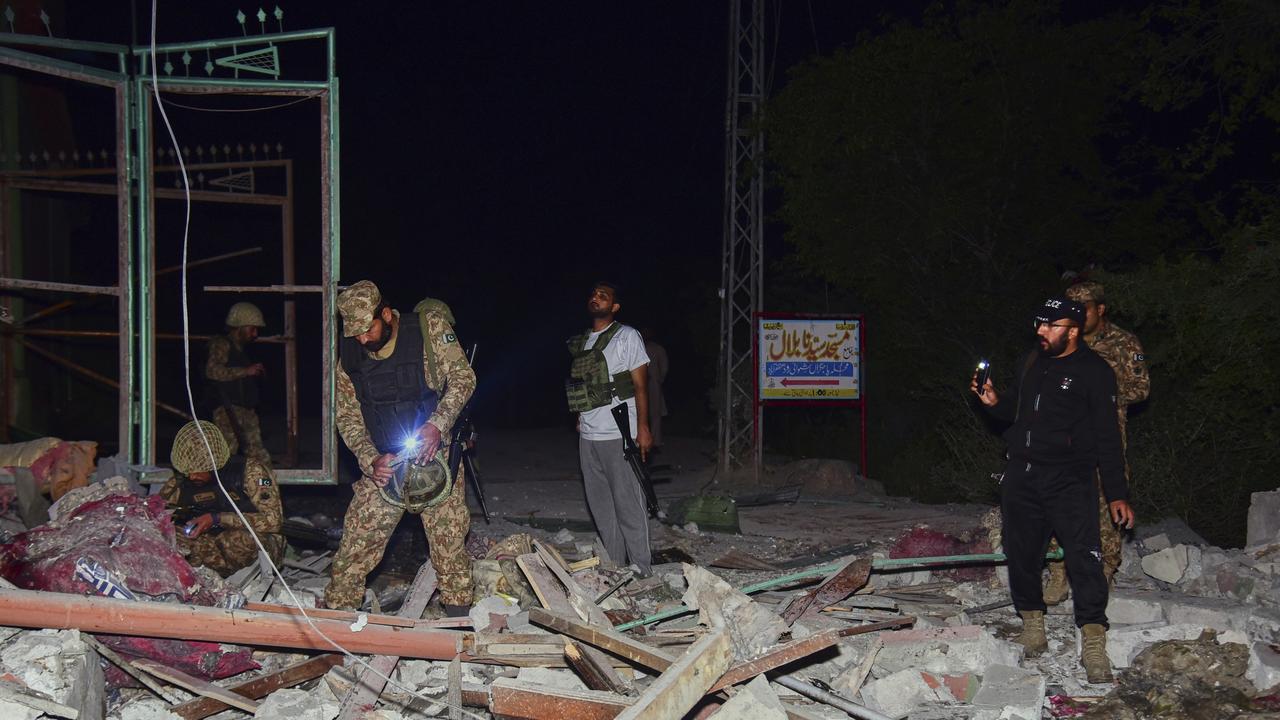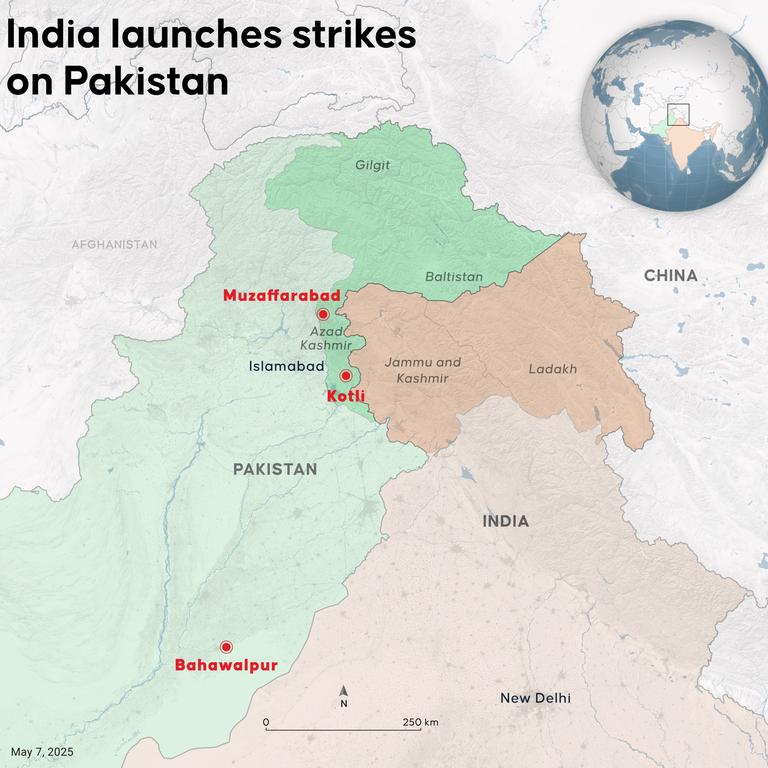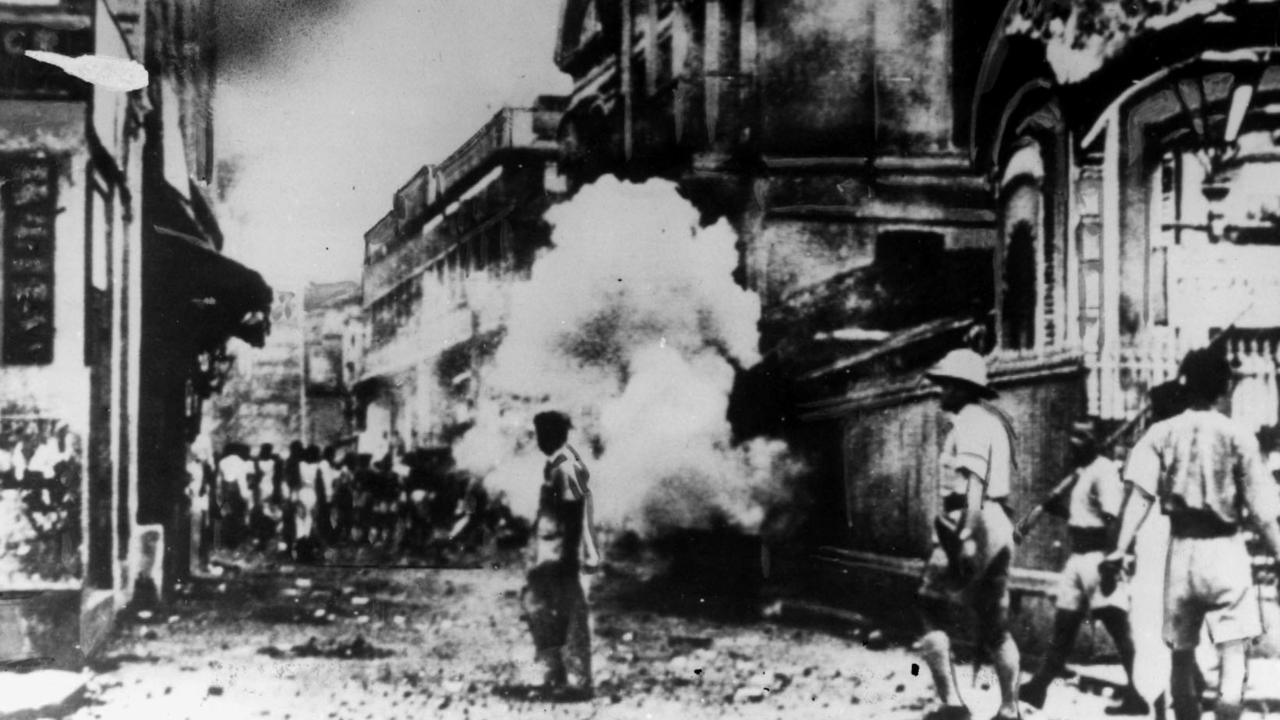Why are India and Pakistan fighting and could it get worse?
India and Pakistan have clashed multiple times since partition by the British in 1947 at the end of WWII. But what has sparked the current violence?

READING LEVEL: RED
You will have seen news reports that Pakistan and India are currently engaged in a conflict that has been described as the worst violence in decades between two nations. But why are they fighting and how has the world responded?
WHY DID INDIA ATTACK PAKISTAN?
India and Pakistan have fought multiple wars since they were granted independence from Britain and divided into two separate countries in 1947. But this latest flare-up marks one of the most volatile* moments in years.
On April 22, a group of Pakistani gunmen killed 26 tourists, most of them Hindu men, in the disputed Kashmir region*, an area that borders both nations.
India has started air strikes in retaliation, claiming to target infrastructure* used by the gunmen responsible for the April attack.

In response, Pakistan shot down several Indian jets and a drone flying in its air space while carrying out the attack.
At least 43 deaths have been reported so far, with Islamabad* saying 31 civilians were killed by the Indian strikes and further firing along the border, and New Delhi adding at least 12 dead from Pakistani shelling.
India has insisted that its attacks on nine sites inside Pakistan were not targeted at military locations.

COULD THIS TURN INTO A BIGGER WAR?
While there is concern that both India and Pakistan possess nuclear* weapons, former Australian Defence Secretary Mike Pezzullo said on Wednesday that it was unlikely that the conflict would develop into a global conflict of “World War III” proportions.
Mr Pezzullo said such an outcome “would involve many other nations”.
History suggests Mr Pezzullo is right: over 30 countries declared war between 1914 and 1918 during World War I and more than 70 countries were involved in World War II.
WHERE DID THE ATTACKS OCCUR?
The attacks were near Srinagar, the Pakistani capital of Kashmir.
Accounts from India and Pakistan vary, but Pakistan shot down at least two and potentially up to five of the Indian jets involved in the attack.
The Pakistani and Indian border has been a flashpoint* since 1947, when the nations were separated as part of a deal brokered by the British Government following WWII. This was known as “partition”.

HISTORY OF PARTITION
The British ruled over India from 1858 until 1947. However, when it was given independence, India was partitioned into two domains by the last viceroy* of the British Empire, Louis Mountbatten, as a means of addressing Hindu-Muslim tensions in the country.
The Indian Independence Act was passed on July 18, 1947, which ordered that the regions of India and Pakistan be marked out by midnight on August 14–15 that year, and that the assets of the world’s biggest empire — which had existed for more than a century — be divided into two in just one month.
But splitting up Punjab and Bengal, regions that were mostly Muslim, caused massive issues, according to Britannica.com.
“The new borders ran through the middle of villages, towns, fields, and more. When Pakistan was created, East and West Pakistan were separated by about 1000 miles (1609 km),” Britannica states.

Most of the Sikh* population were also forced to flee to parts of India.
“As soon as the new borders were announced, roughly 15 million Hindus, Muslims and Sikhs fled from their homes on one side of the newly demarcated* borders to what they thought would be “shelter” on the other,” Britannica continues. “These columns were the target of frequent ambushes, as were the trains that carried refugees across the new borders. In the course of that tragic exodus of innocents, as many as two million people were slaughtered in communal massacres*.”
The consequences of partition played out for decades in the unstable relationship between India and Pakistan, leading to a war in Pakistan between its eastern and western provinces in 1971 that led to independence of East Pakistan as Bangladesh, and two wars between India and Pakistan over the Kashmir region.

WHAT HAPPENS NOW?
Mr Pezzullo said this latest confrontation was part of a controlled response from India.
He said “from the Indian perspective” that the death toll from an attack blamed on Pakistan forced them to act.
“It was difficult for India to not respond in some way,” he said.
Mr Pezzullo said the defence chiefs of both countries would now be looking to contain the violence.
“This would be called a controlled escalation,” he said.

US AND UK RESPOND
US President Donald Trump called for India and Pakistan to immediately cease fighting, and offered to help end the violence.
The UK said it would support both India and Pakistan in de-escalating tensions.
“Our message would be that we are a friend, a partner to both countries,” Trade Secretary Jonathan Reynolds told BBC radio. “We stand ready to support both countries. Both have a huge interest in regional stability, in dialogue, in de-escalation and anything we can do to support that, we are here and willing to do.”
POLL
GLOSSARY
- volatile: likely to change quickly and without warning
- nuclear: very powerful weapons that use nuclear energy to produce explosions that cause an immense level of destruction, such as the atomic bomb that dropped on Hiroshima, Japan, at the end of WWII
- Kashmir region: when partition happened, the Indian Independence Act gave Kashmir, which was mostly Muslim, the choice of whether to join either India or Pakistan. The local ruler at the time wanted it to be independent but chose to be part of India in return for its help against an invasion from Pakistani tribesman. A series of wars broker out and even with the UN’s help, the two countries could not come to an agreement. Today, both countries claim Kashmir in full but only have control over certain areas of it.
- infrastructure: buildings and structures
- Islamabad: capital of Pakistan
- flashpoint: a place where violence erupts quite a lot
- viceroy: a ruler who represents a monarch
- Sikh: an Indian religion from the Punjab region. Sikhs had the highest number of casualties relative to the number that fled during partition
- demarcated: set the boundaries of
- massacre: the killing of a large group of people all at once
EXTRA READING
Beloved toys comfort Ukraine kids
Purple Poppy Day for war animals
Diplomatic disaster at White House
QUICK QUIZ
1. What year did partition occur?
2. How many people died as a result of partition?
3. Why has India attacked Pakistan?
4. In what region has the violence erupted?
5. How many countries were involved in WWII?
LISTEN TO THIS STORY
CLASSROOM ACTIVITIES
1. What do you suggest?
Can you think of any ways that this situation could be solved without going to war? Write a list of actions that you think could be taken.
Time: allow at least 15 minutes to complete this activity.
Curriculum Links: English, Civics and Citizenship
2. Extension
Imagine that a younger kid has told you that they are really scared that World War Three is going to happen. They are worried because of all of the different conflicts and events that are happening in the world right now. What would you tell them to help them to understand what Mike Pezzullo is saying in the story? Write down how you would explain this.
Time: allow at least 20 minutes to complete this activity
Curriculum Links: English, History
VCOP ACTIVITY
To sum it up
After reading the article, use your comprehension skills to summarise in a maximum of three sentences what the article is about.
Think about:
- What is the main topic or idea?
- What is an important or interesting fact?
- Who was involved (people or places)?
Use your VCOP skills to re-read your summary to make sure it is clear, specific and well punctuated.

